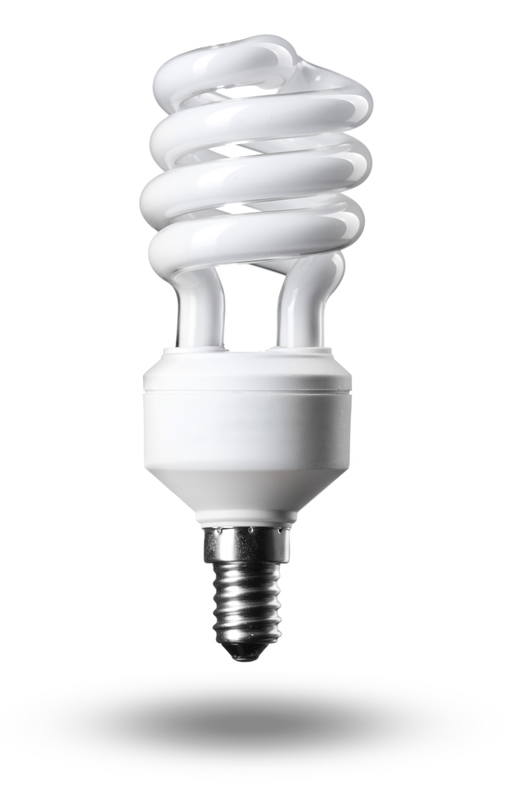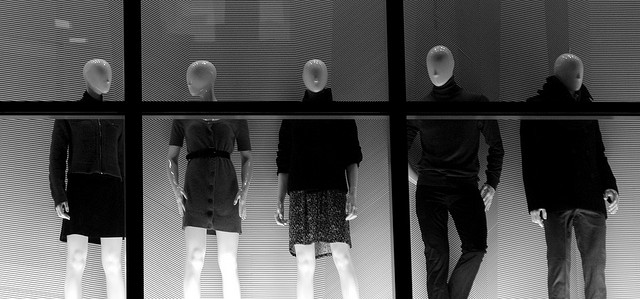
Choosing The Right Light Bulbs For Your Retail Store
 Thanks to advancements in modern technology, store owners now have many different types of light bulbs to choose from. Although most people purchase the cheapest ones they come across, the fact is that you could potentially save energy and money on your power bill by using energy-efficient light bulbs. If you’re interested in learning more about the different types of light bulbs, keep reading and we’ll reveal the advantages and disadvantages associated with them.
Thanks to advancements in modern technology, store owners now have many different types of light bulbs to choose from. Although most people purchase the cheapest ones they come across, the fact is that you could potentially save energy and money on your power bill by using energy-efficient light bulbs. If you’re interested in learning more about the different types of light bulbs, keep reading and we’ll reveal the advantages and disadvantages associated with them.
Incandescent
Incandescent light bulbs are the most commonly used type of light build in stores. Incandescent bulbs work by heating a filament wire to high temperature using an electrical current, therefore producing a bright, illuminating light. During manufacturing, the glass bulb surrounding the filament is either vacuumed to remove the air, or it’s filled with a gas to prevent oxidation from outside air.
While incandescent bulbs can effectively light up store, there are some downsides to using them. For starters, the extreme heat required by the filament draws a significantly greater amount of energy than other types of light bulbs. In addition, the heat also makes the filament vulnerable to breakage and damage. If you’ve ever owned an incandescent bulb, you’ve probably experienced a broken filament before, which results in the bulb needing to be replaced. As a result of their high energy usage, the European Union and several other agencies throughout the world are in the process of phasing out the use of incandescent bulbs.
Compact Florescent (CFL)
A more energy-efficient alternative to standard incandescent bulbs is compact florescent. As you can see in the picture above, compact florescent bulbs contain no heated filament to generate the light. Instead, they use electricity to activity mercury vapor within the bulb to produce ultraviolet light followed by visible light. This allows for a lower amount of energy necessary to power the bulb and less heat generated during the process.
So, just how much of a difference in energy savings do compact florescent bulbs offer? On average, most of them use about 30-50% less energy than incandescent bulbs. You’ll have to spend a little bit more on the initial purchase of your compact florescent bulb, but it’s almost certain to pay off in the long run. Also, compact florescent bulbs last up to 10 times longer than incandescent bulbs.
Compact florescent bulbs are manufactured to fit into traditional light sockets intended for incandescent bulbs, making them a popular alternative for store owners looking to save on energy.
Florescent
Florescent bulbs work in the same manner of compact florescent lamps but without the ability to plug into traditional lamps designed for incandescent bulbs. Although there are many sizes and variations of florescent bulbs, most of them are large rectangular shaped and fit into specially-designed ballasts that hang overhead. These ballasts not only hold the bulb in place, but they also regulate the amount of voltage the florescent bulb receives.
Something that’s important to note is that both florescent and compact florescent bulbs are considered hazardous waste because of the mercury they contain. As a result, the United States Environmental Protection Agency recommends having them recycled instead of throwing them away in your everyday trash.
If you have any questions at all about visual merchandising, please give us a call at 800.241.6897 or email us at /contact-us/.


